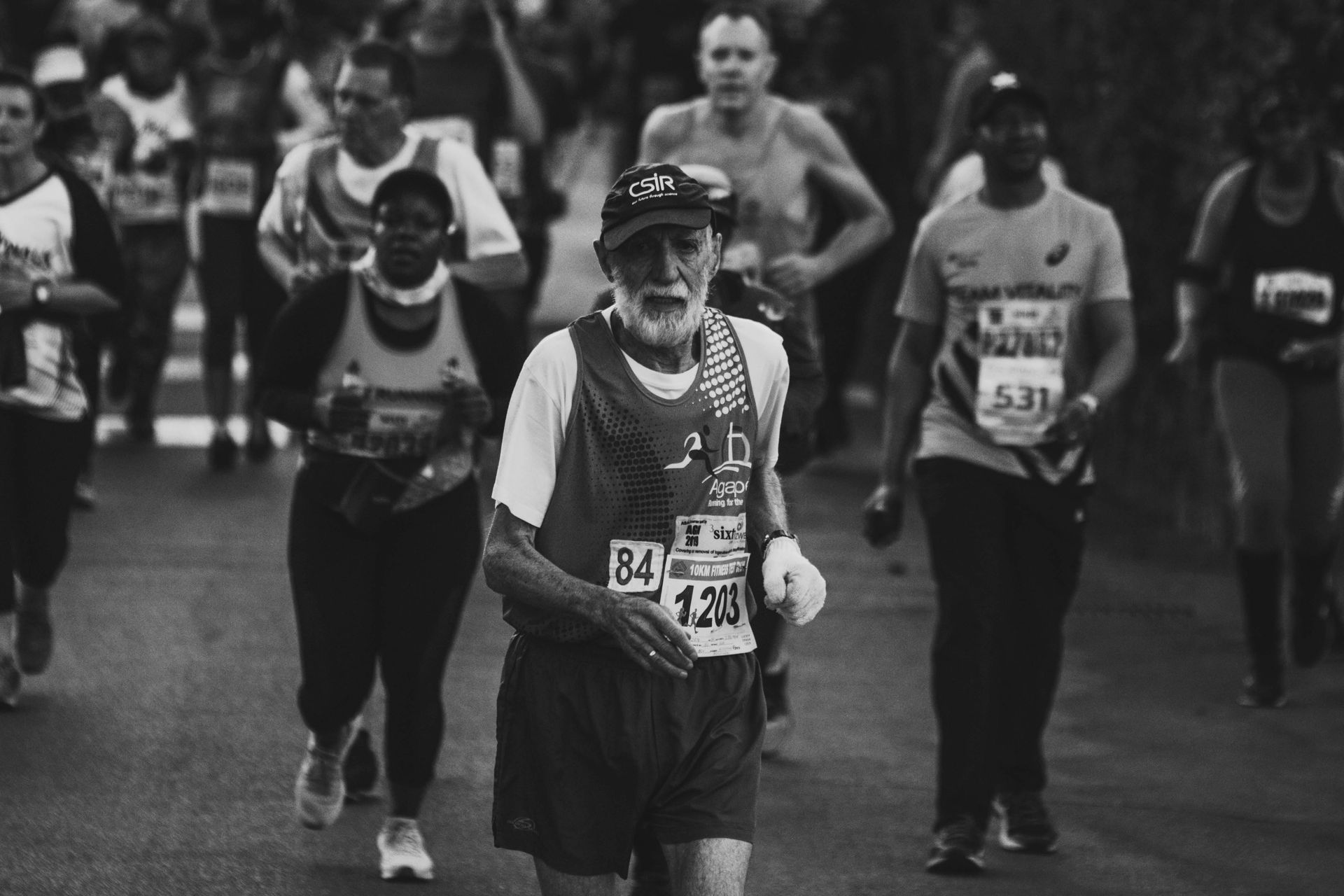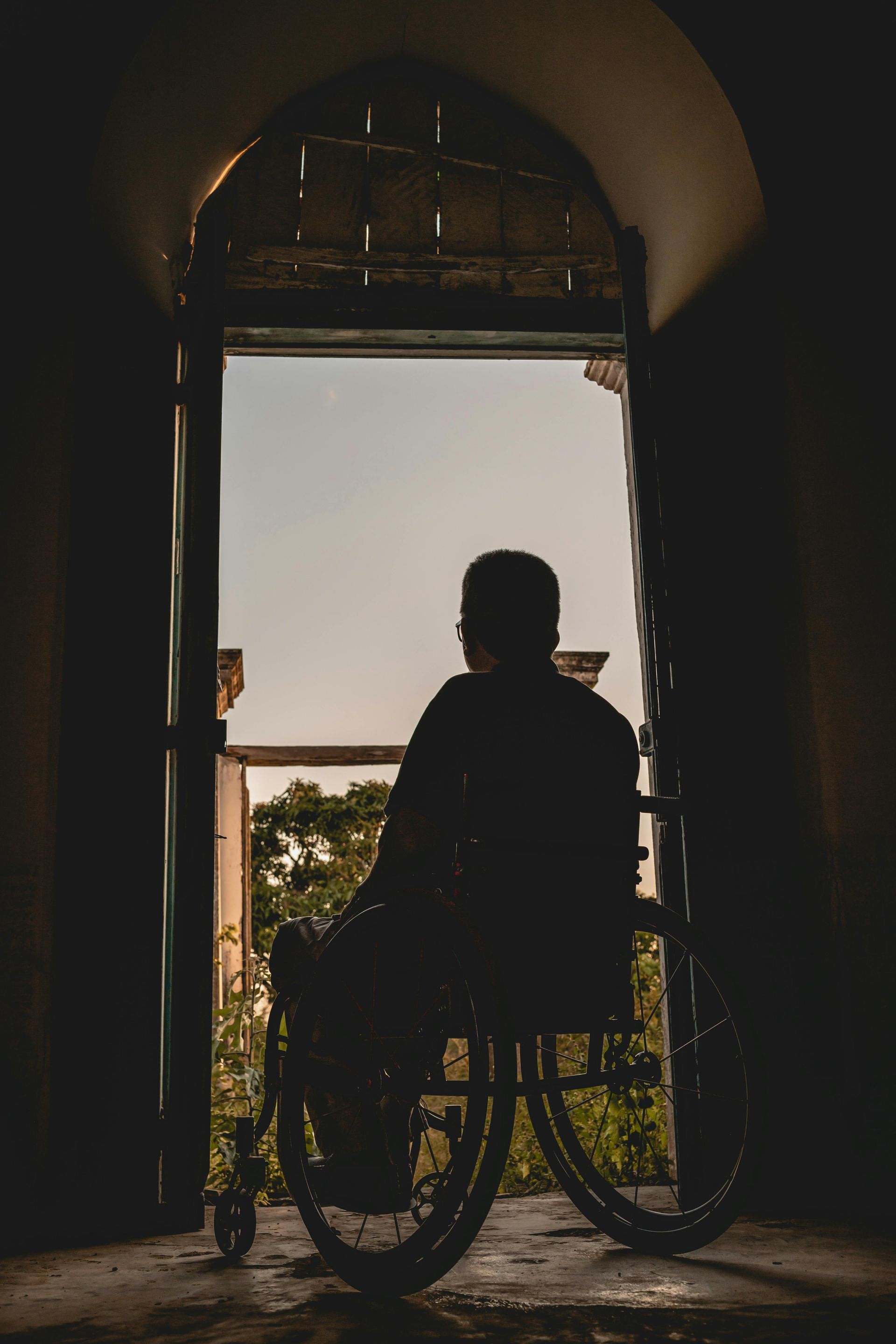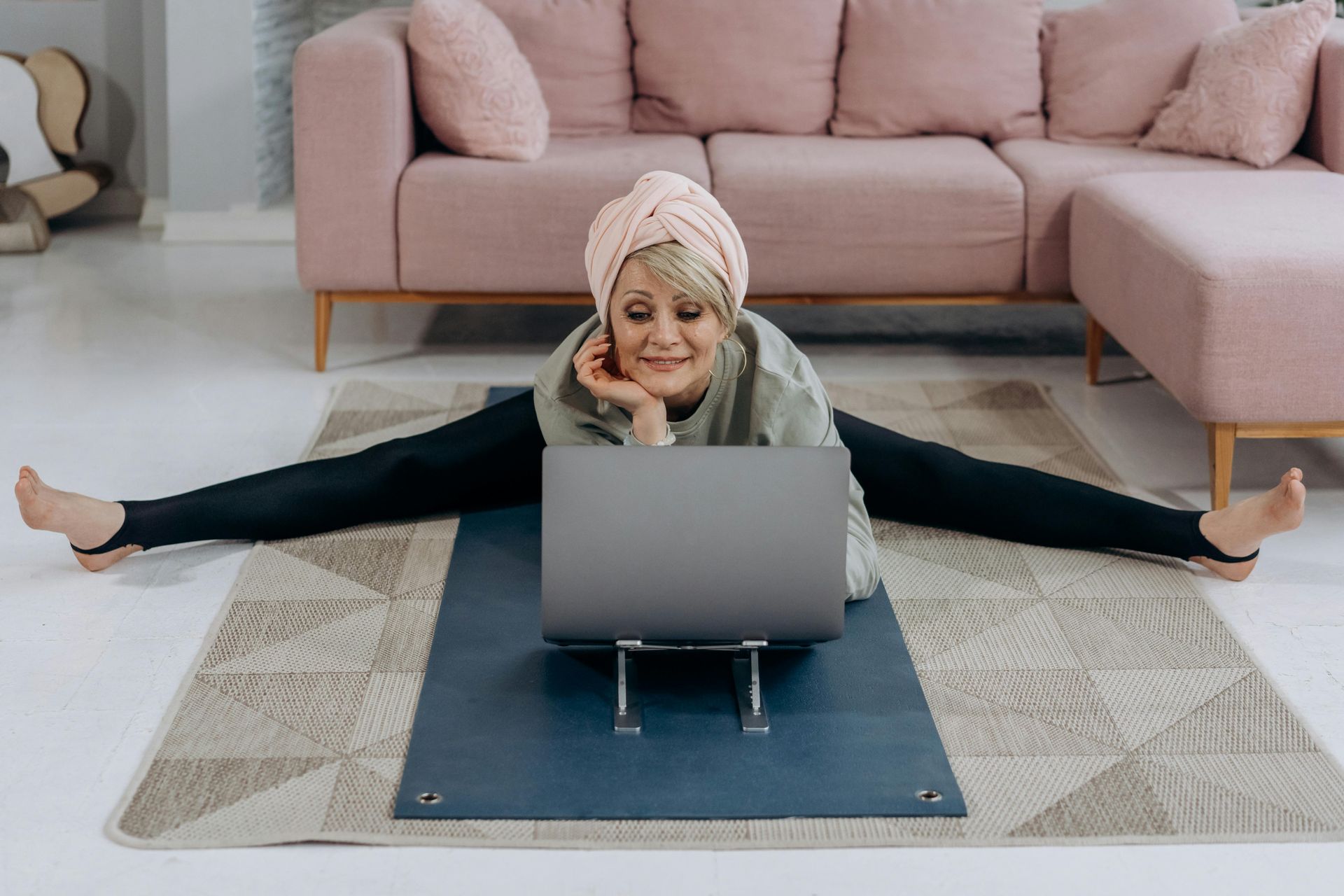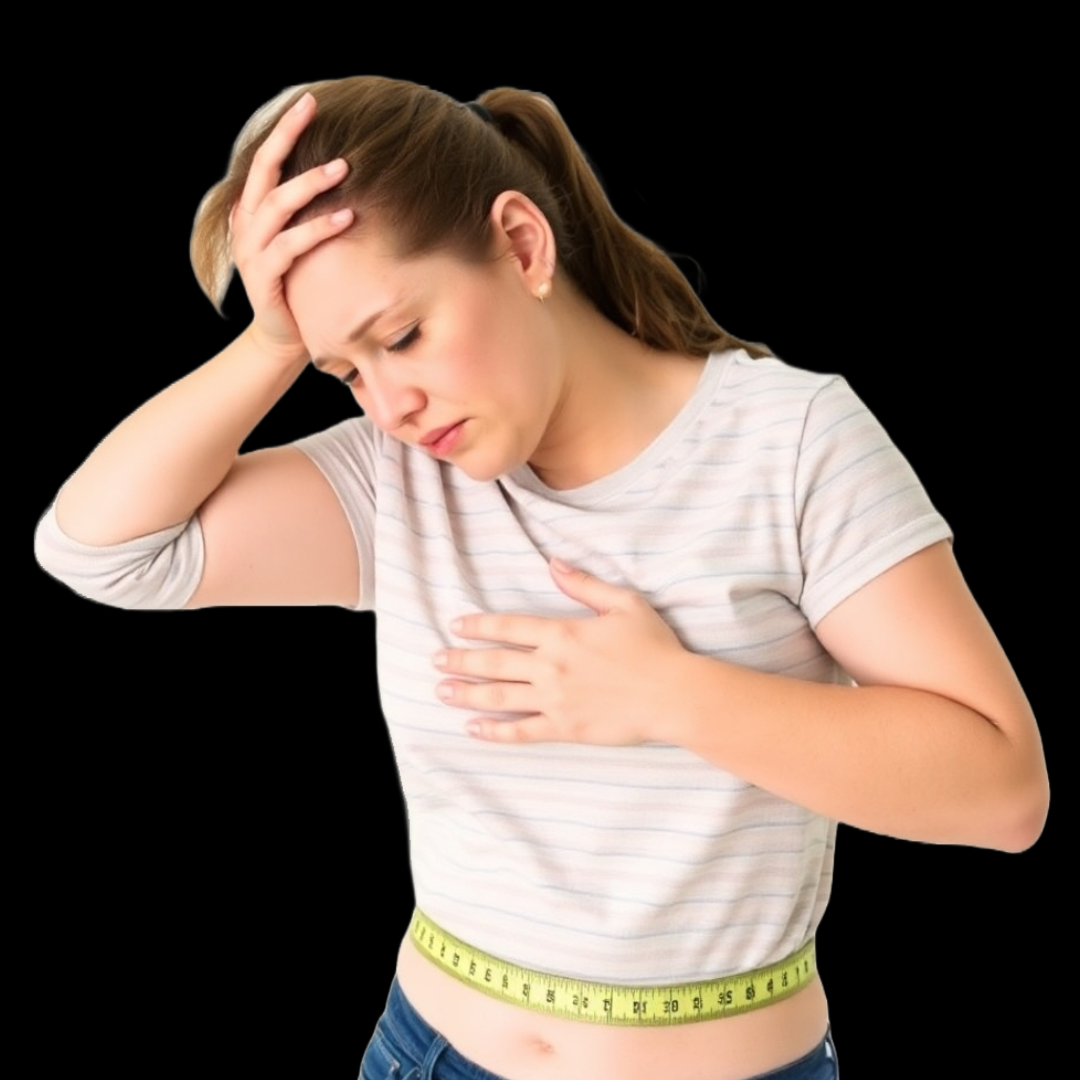The Importance of Exercise for Older Adults: Why Staying Active is Essential


As we age, our bodies naturally undergo changes that can affect strength, balance, and flexibility. However, the good news is that exercise plays a crucial role in slowing down these age-related declines. Regular physical activity can enhance quality of life, improve independence, and even prevent or manage several common health issues that affect older adults.
Why Is Exercise Important for Older Adults?
1. Prevents Osteoporosis & Maintains Bone and Muscle Health
Exercise, particularly weight-bearing and resistance training, is essential for slowing the progression of osteoporosis and maintaining bone density. Regular exercise helps prevent further bone loss and promotes bone strength. Additionally, building stronger muscles through exercises like weightlifting and resistance training supports bones, reduces the risk of fractures, and enhances balance and stability. For individuals with osteoporosis, consistent physical activity can improve overall mobility and reduce the likelihood of falls, making it a crucial component in managing the condition.
2. Improves Balance & Reduces Fall Risk
Balance exercises, such as tai chi or yoga, are crucial in reducing the risk of falls—one of the most significant hazards for older adults. Improving balance helps maintain independence, as the fear of falling often limits daily activities.
3. Supports Joint Health & Flexibility
As we age, joint stiffness and discomfort can become more common. Exercise helps maintain joint mobility and flexibility, easing pain, and reducing inflammation. Activities like swimming, stretching, and low-impact cardio keep joints in motion without overstressing them.
4. Boosts Heart Health
Cardiovascular exercise like walking, cycling, or swimming strengthens the heart and increases stamina. It helps manage conditions such as high blood pressure and cholesterol, which are common in older adults.
5. Enhances Mental Health & Cognitive Function
Regular physical activity is not just good for the body—it’s great for the brain! Exercise stimulates the release of endorphins, which can reduce symptoms of depression and anxiety. Plus, staying active has been shown to improve cognitive function and help prevent age-related diseases.
Effective Workouts for Older Adults: Safe, Simple, and Beneficial
Exercise doesn’t have to be intense or complicated to be effective. The key is consistency and choosing activities that suit your fitness level. Here are some safe and effective exercises for older adults:
1. Walking
Walking is one of the simplest and most accessible forms of exercise. It strengthens bones, boosts heart health, and improves balance. You can start with short walks and gradually increase the duration as stamina improves.
2. Strength Training
Building muscle mass is crucial as we age. Resistance training—using weights, resistance bands, or even bodyweight exercises—helps maintain bone density, improves muscle strength, and supports joint health. A few simple exercises include squats, lunges, and bicep curls.
3. Balance & Coordination Exercises
Tai chi, yoga, and simple balance exercises (like standing on one foot or heel-to-toe walking) are great for improving stability and preventing falls. These exercises also help enhance flexibility and coordination, making daily movements smoother and safer.
4. Swimming or Water Aerobics
Water-based exercises are excellent for seniors because they’re low-impact and easy on the joints. Swimming or doing water aerobics can improve cardiovascular health, flexibility, and strength while minimizing the risk of injury.
5. Stretching
Stretching is essential for maintaining flexibility and joint health. Gentle stretching routines, focusing on the arms, legs, and back, can reduce stiffness and improve mobility. Stretching also enhances circulation and reduces stress.
Get Started Today!
It’s never too late to start moving, and the benefits are immediate. Whether you're looking to manage chronic conditions, boost energy, or simply enjoy life more fully, incorporating exercise into your routine can make all the difference.
Remember, the choice is yours: You can choose to strengthen your body, maintain your independence, and age gracefully through movement.
Stay strong, stay active, and keep thriving!


